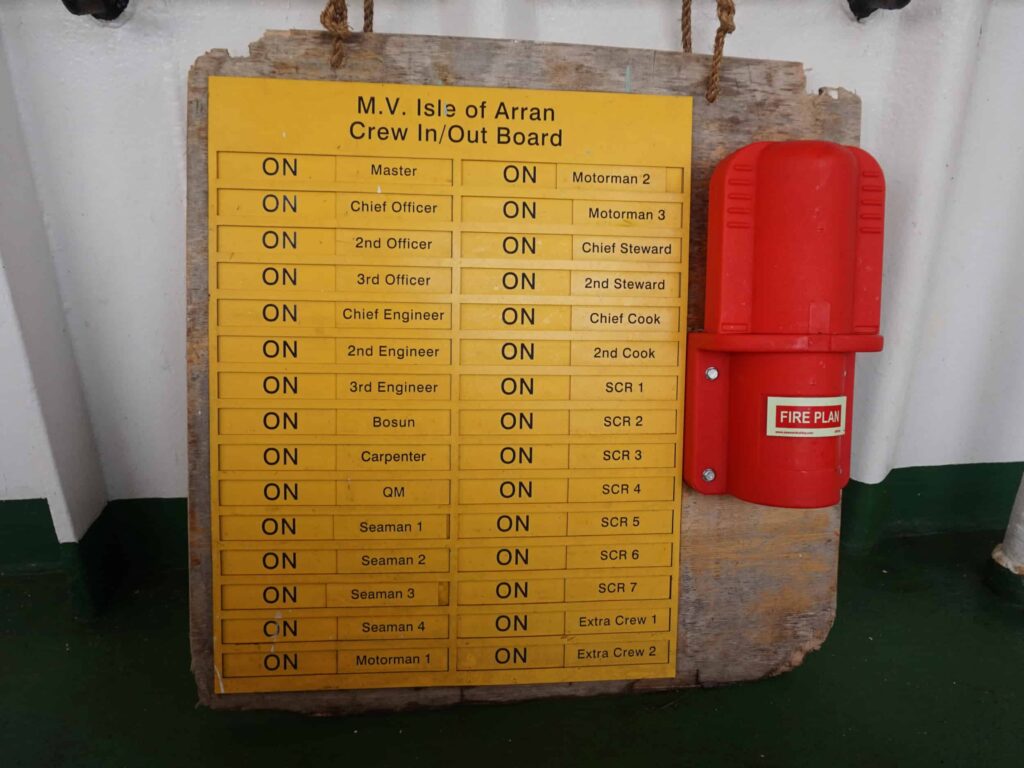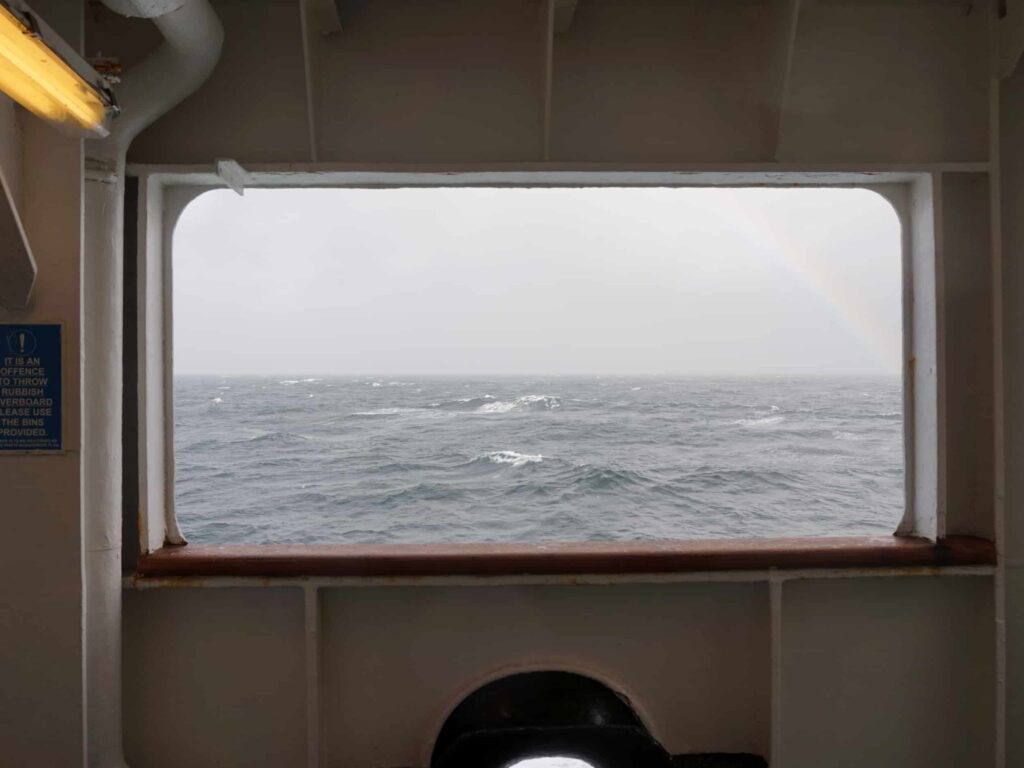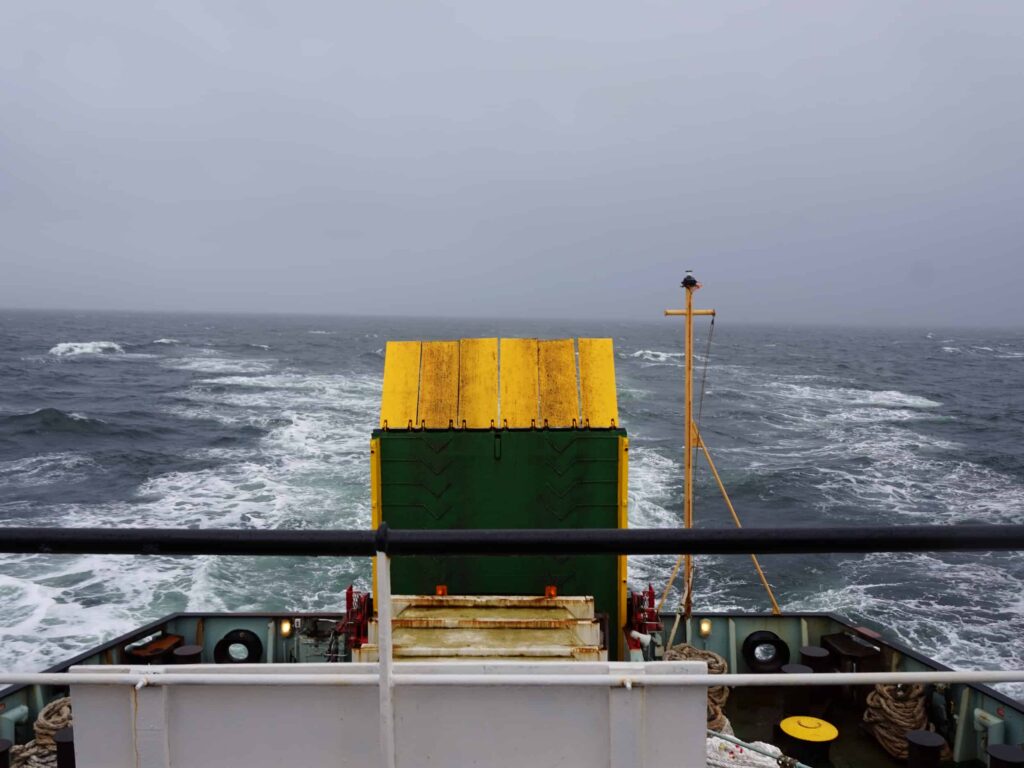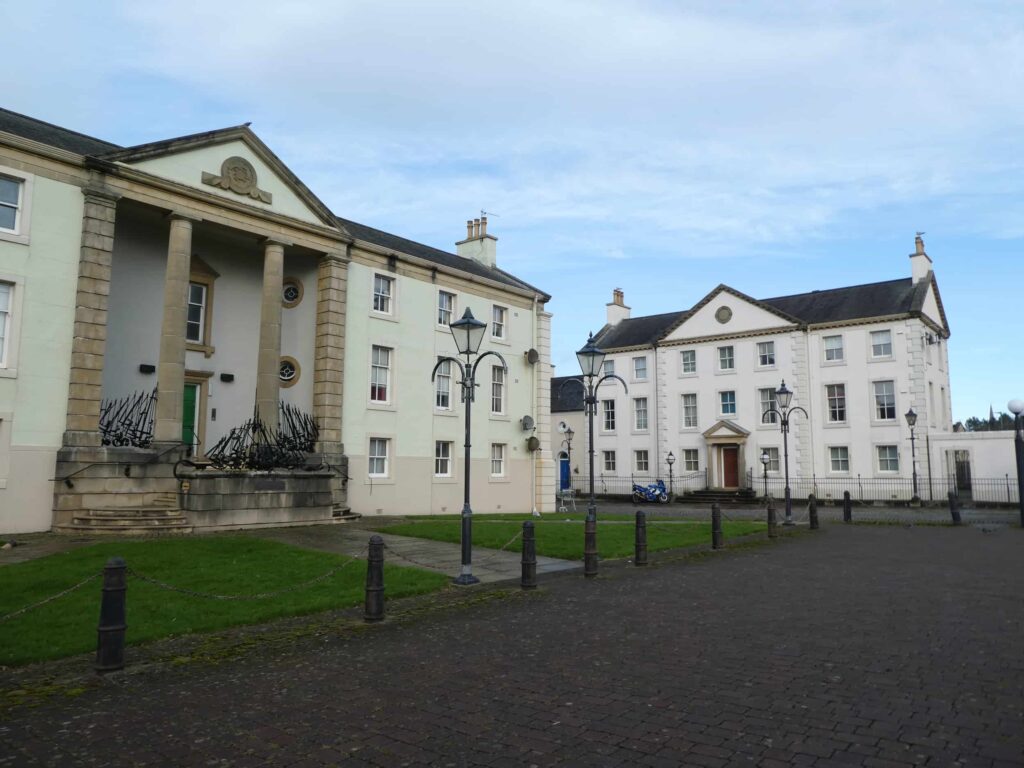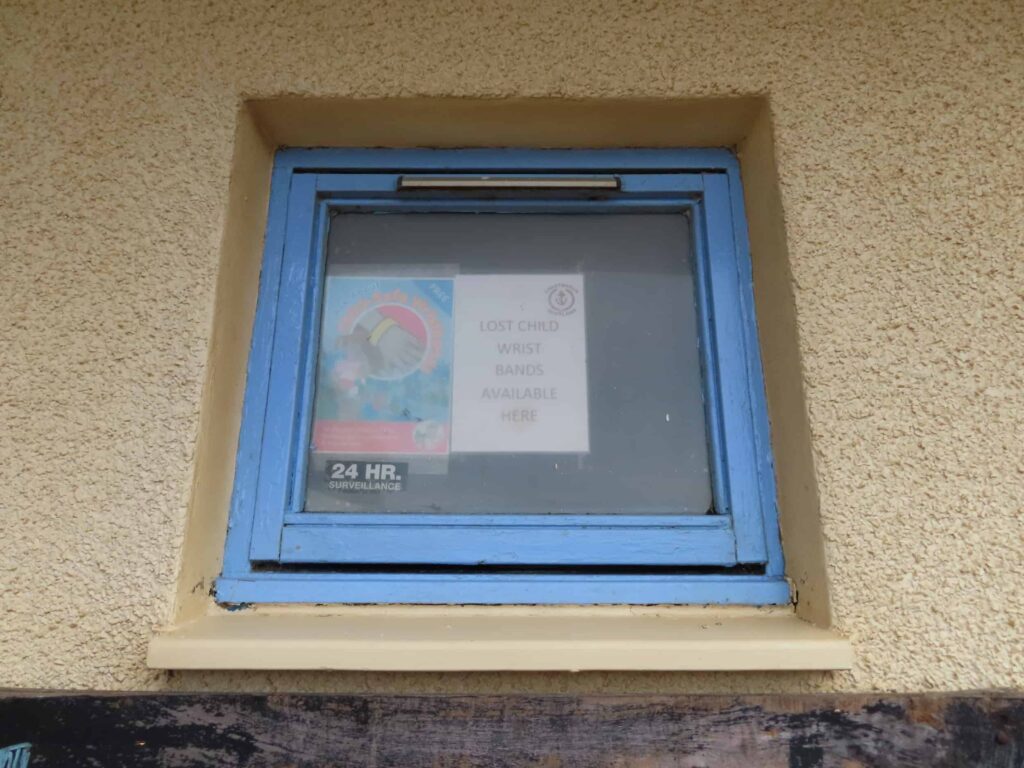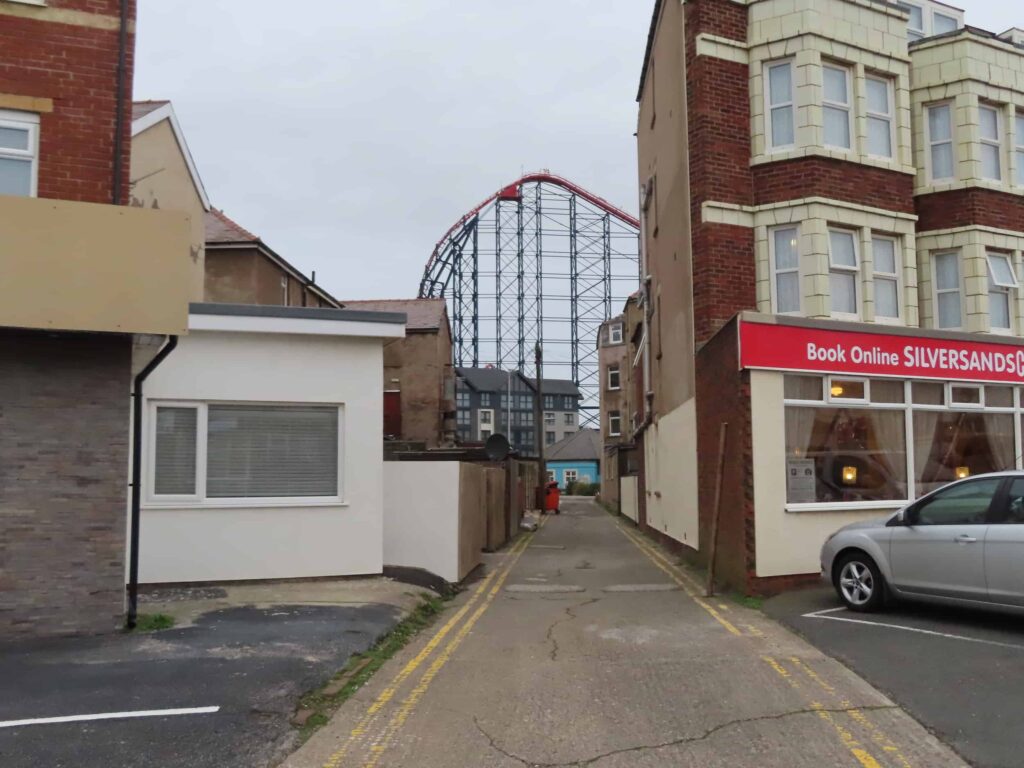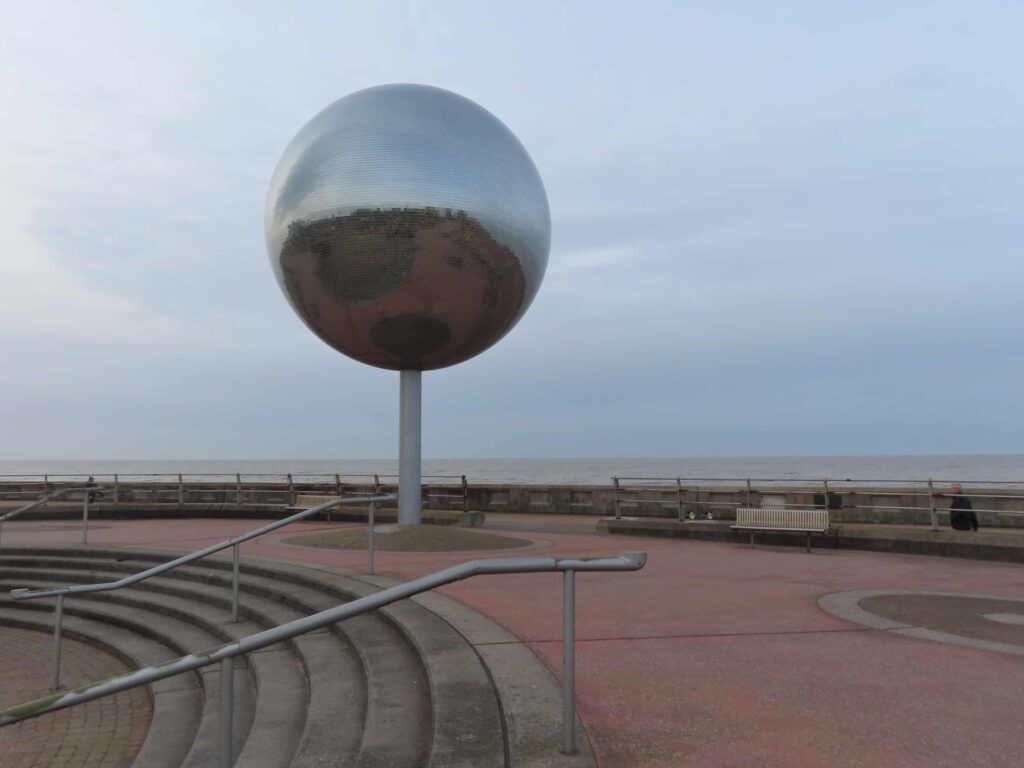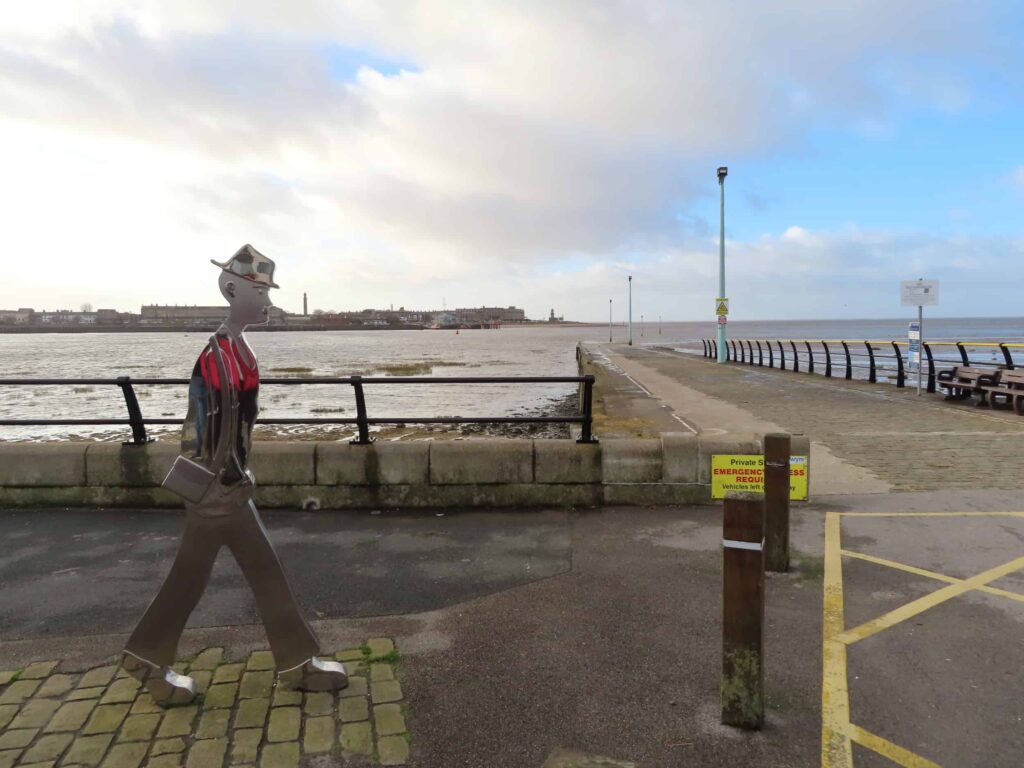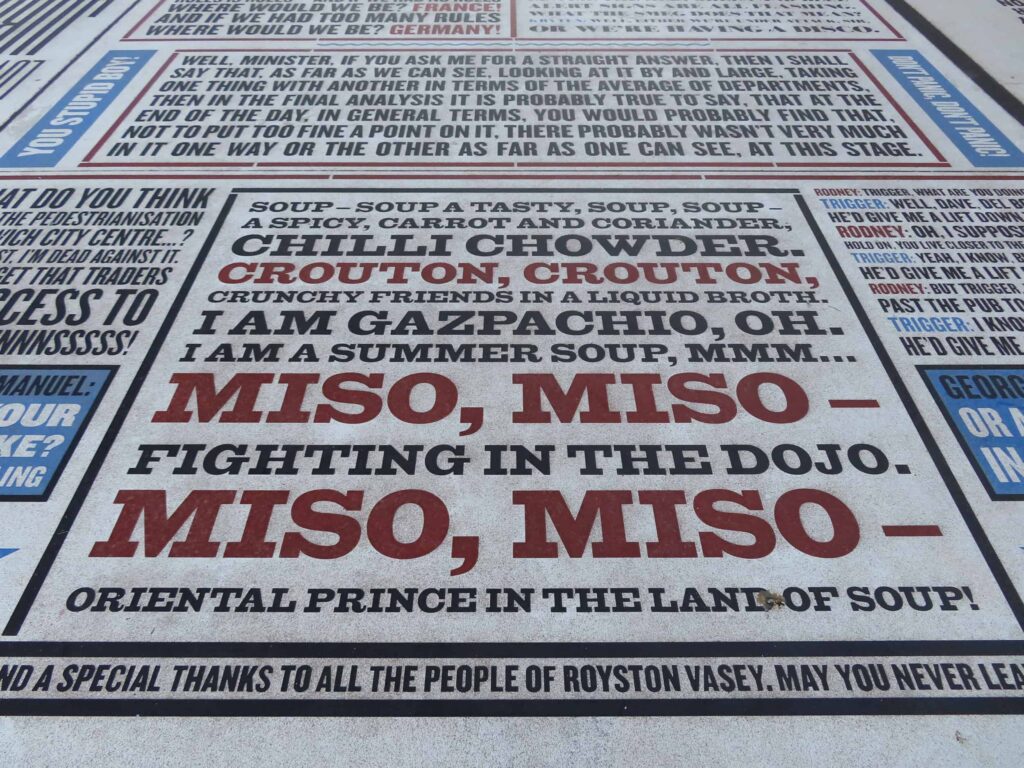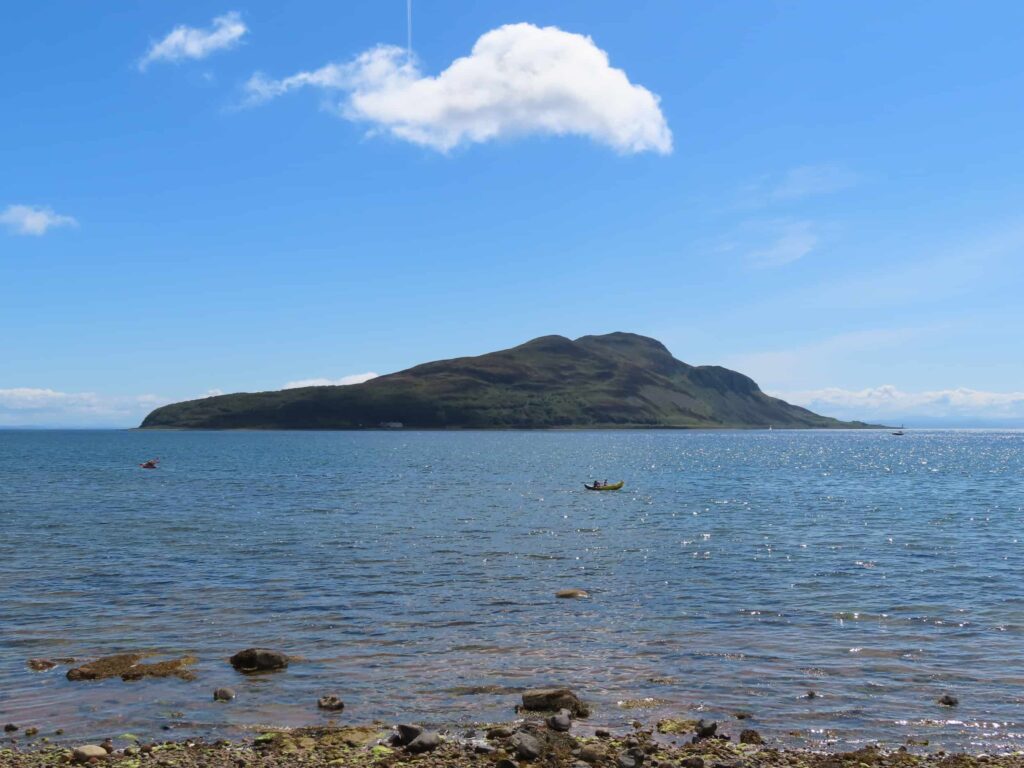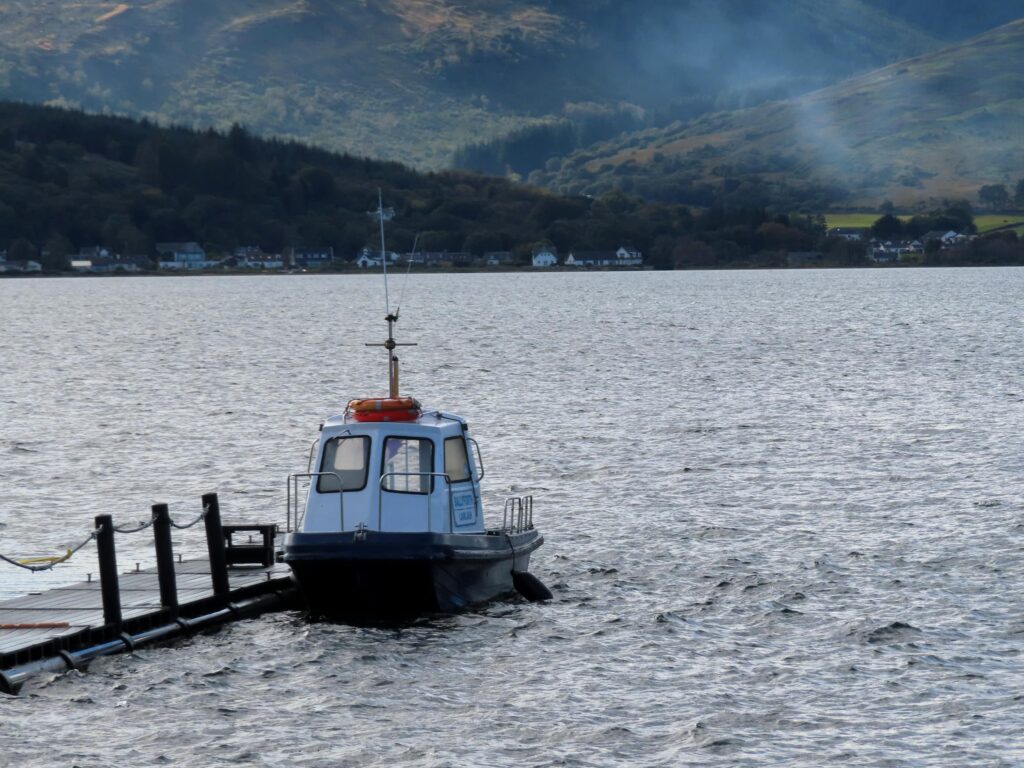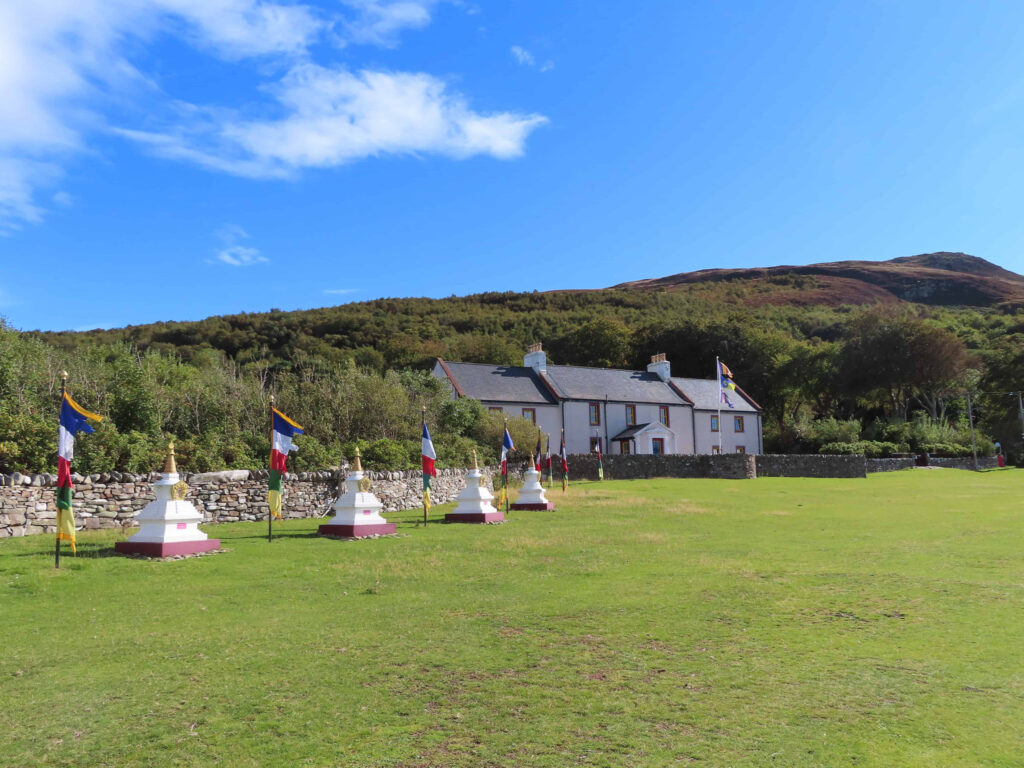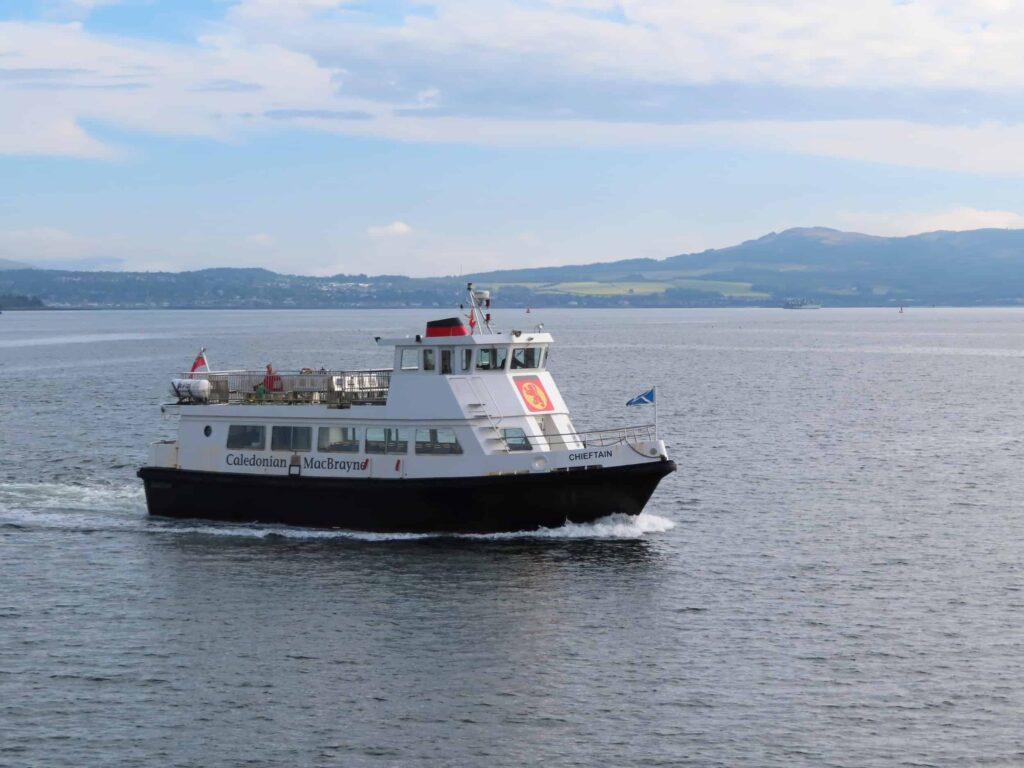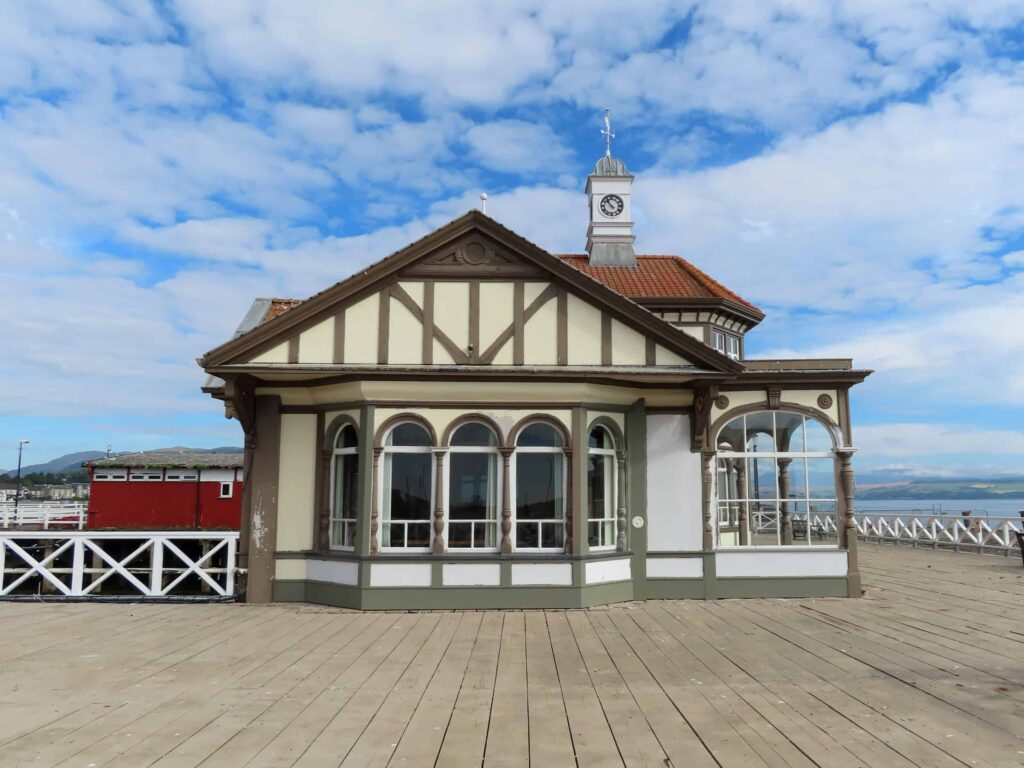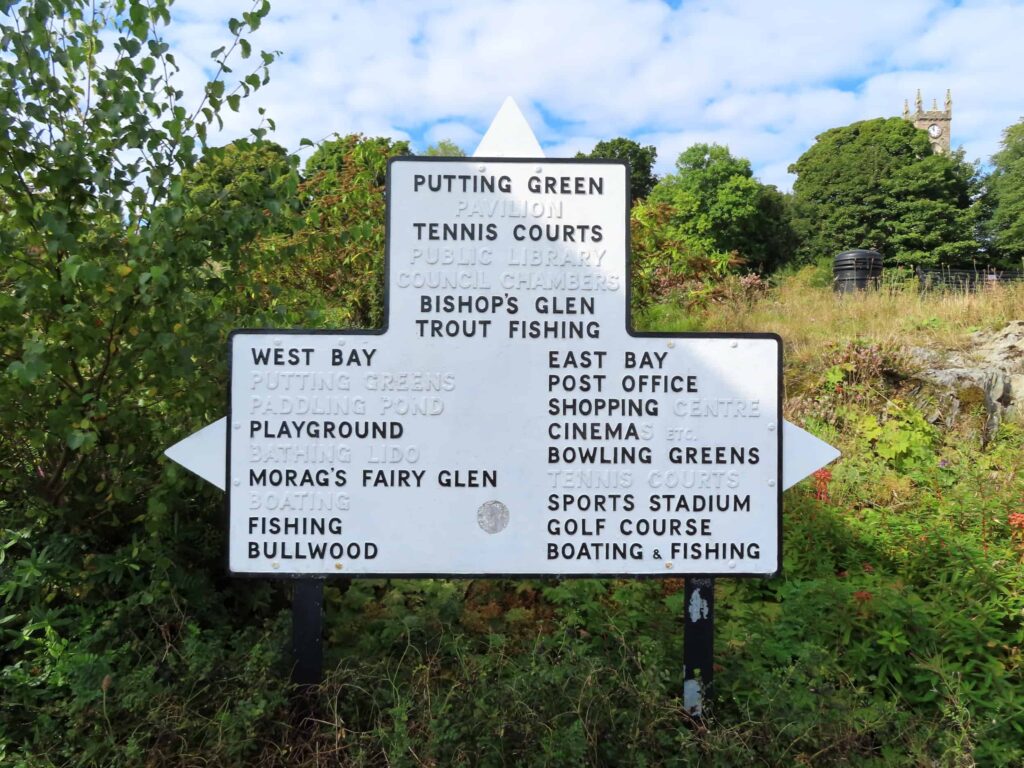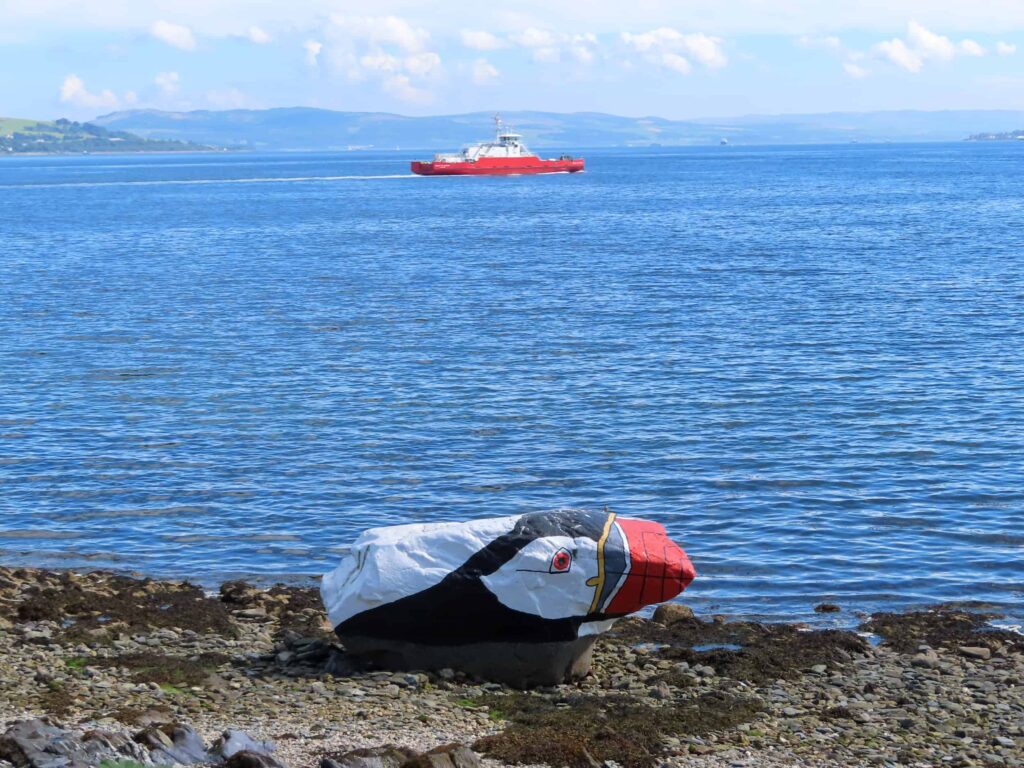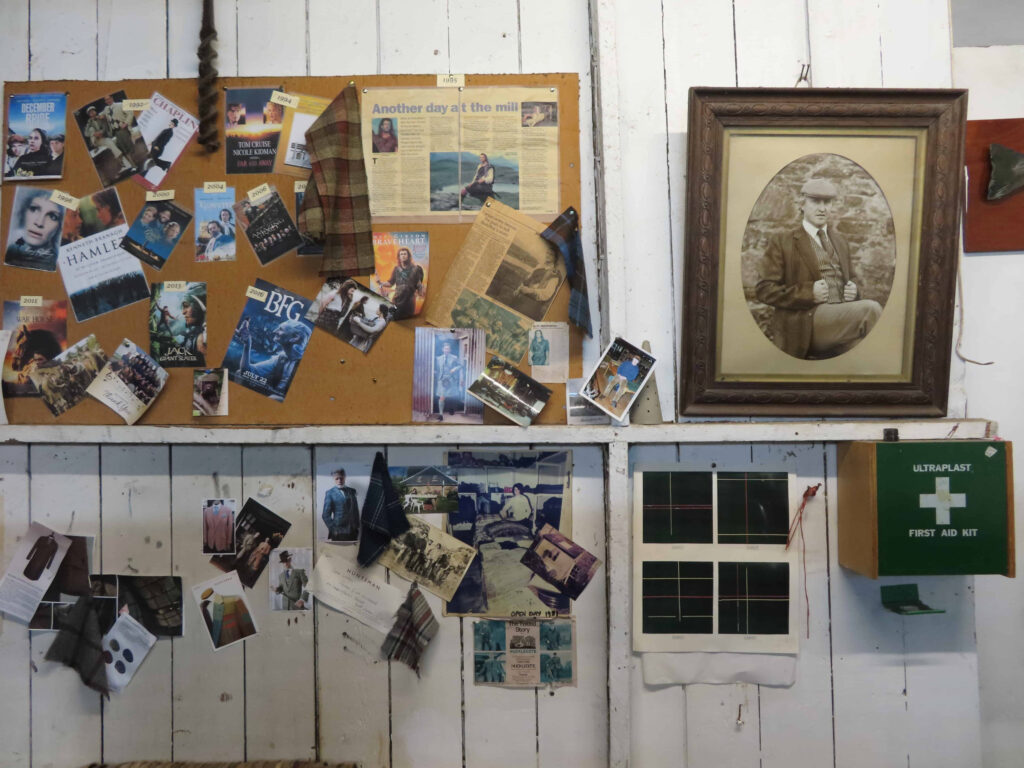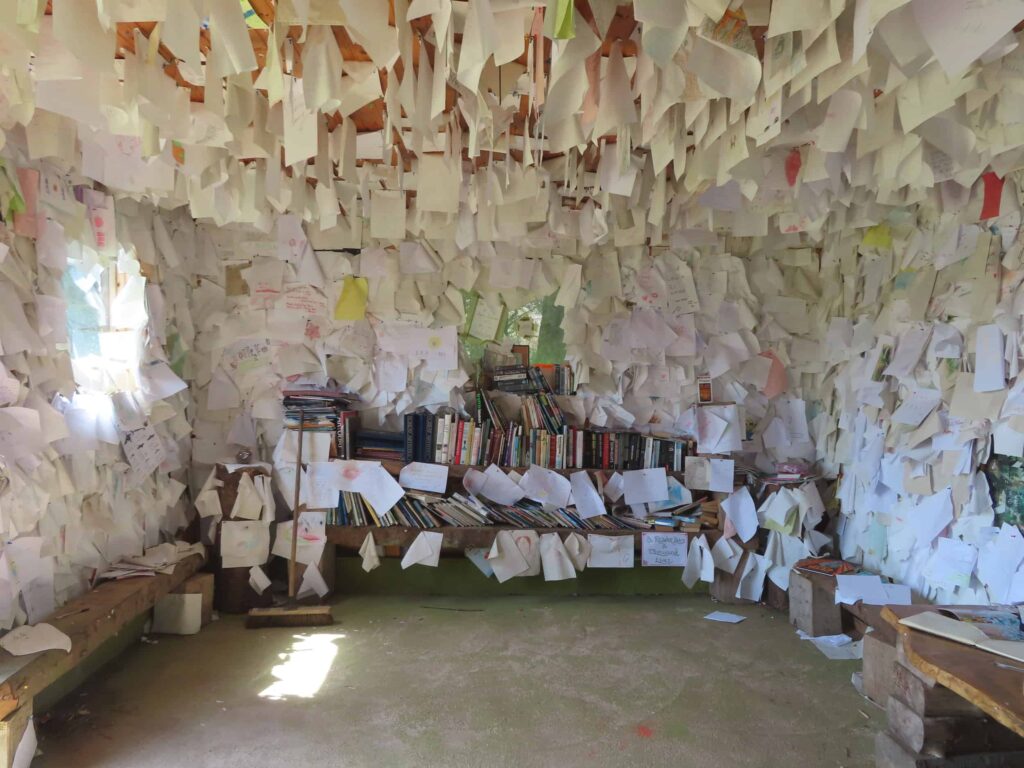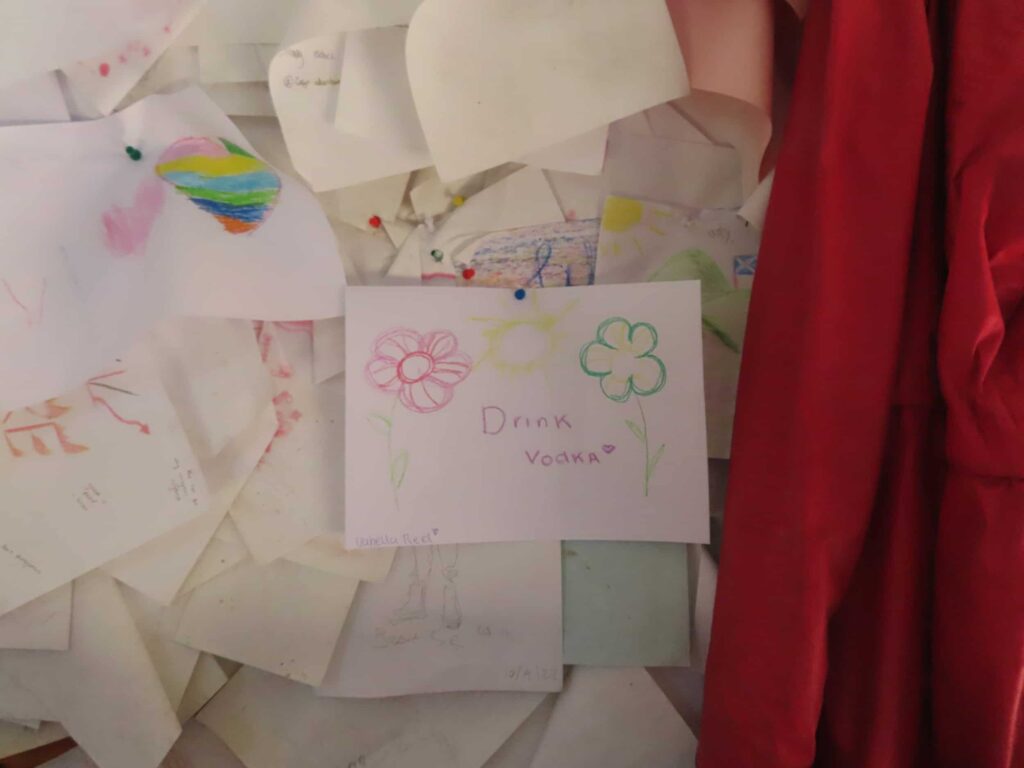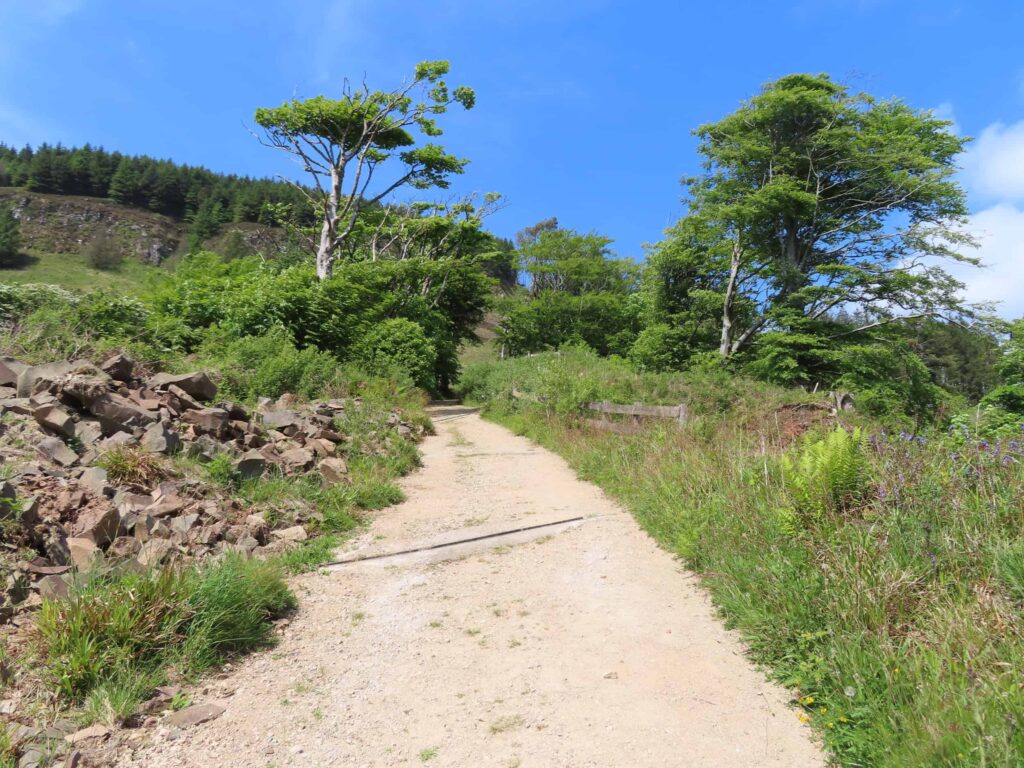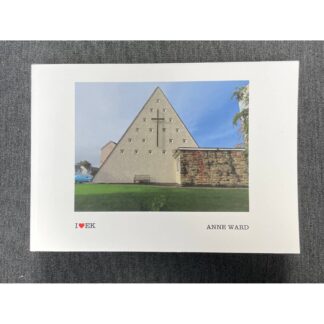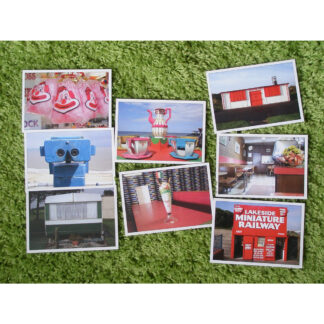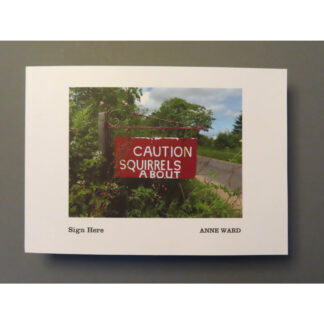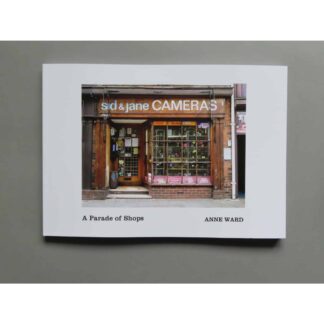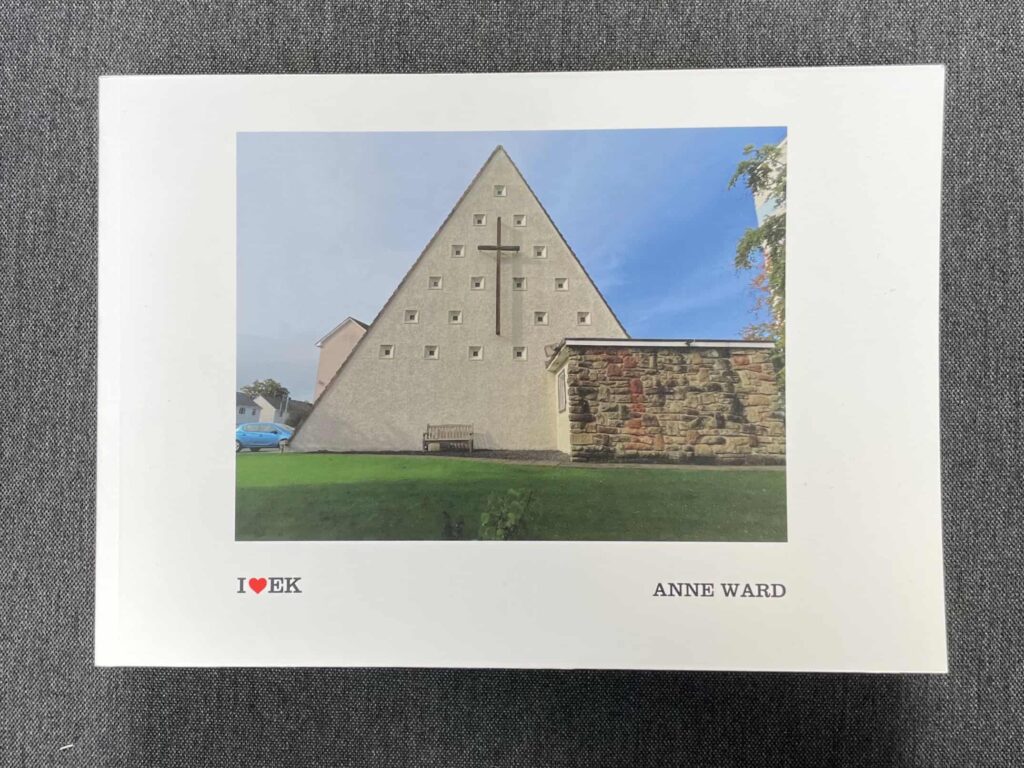
I❤️EK is a tribute to East Kilbride, Scotland’s first new town. I worked there for a few years and admired it everyday from the top deck of a bus. It’s a surprisingly colourful place, with lots of green space and fantastic buildings.

Some of the original details are still there, but they are increasingly being erased as buildings get upgraded, or demolished in some cases. This book features many of these modernist moments – original signs and lettering, colourful decoration – collected over the last 20 years.
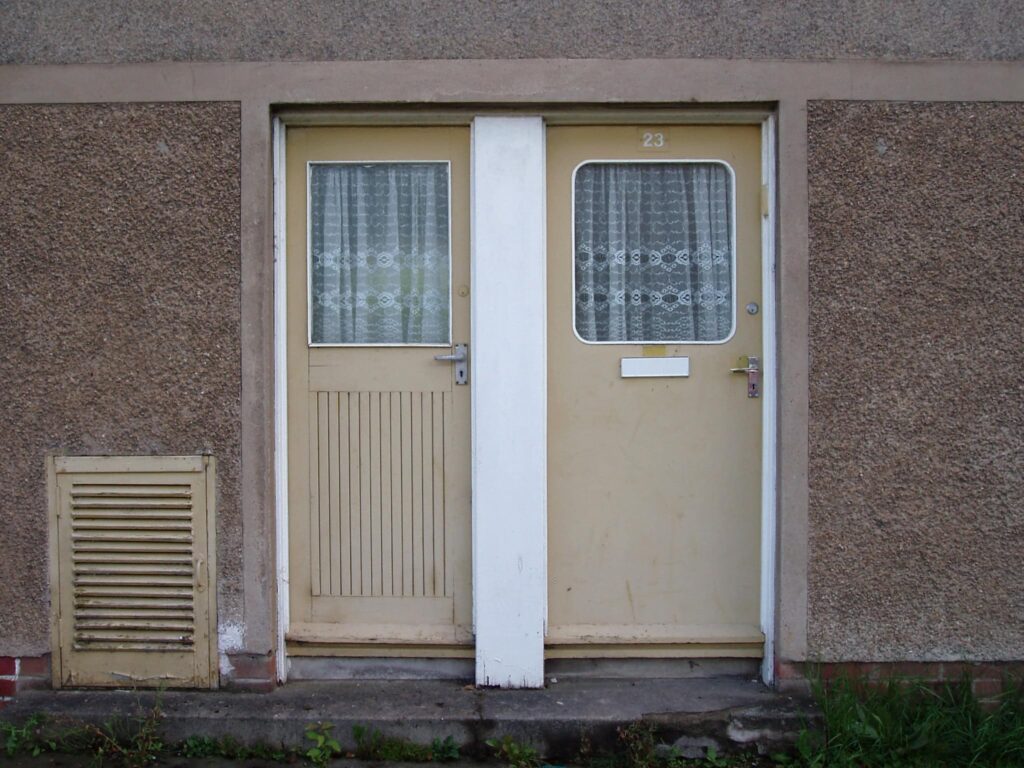
It took me a long time to finish this book, as I kept going back to take more photos. No regrets though – every time I would wander a little further and find another interesting scene. Some of these places have changed beyond recognition now, but it’s still a great place to wander and soak up the new town optimism.
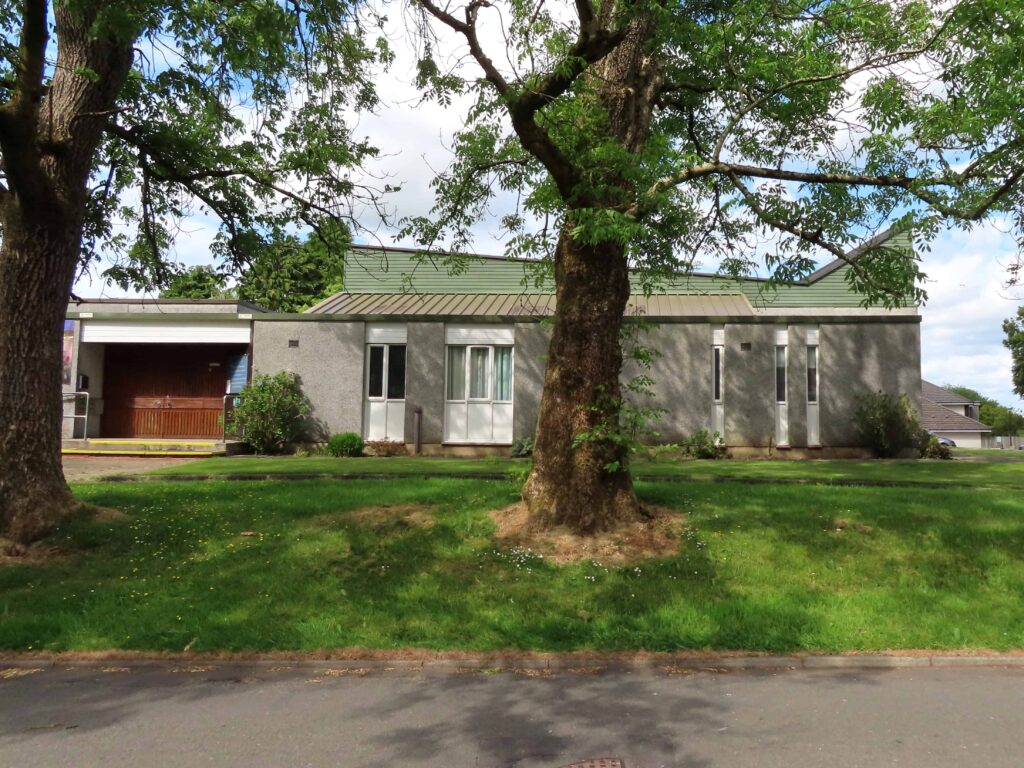
An added bonus of taking these photos was having some of them used by Roddy Frame (one of EK’s famous musical sons) as a backdrop to his performance of High Land, Hard Rain at Glasgow Concert Hall in 2013. A dream come true for a teenage Aztec Camera fan.
I❤️EK is an A5 photobook containing 60 full colour photographs. It is fifth in a series of photobooks and costs £10 including UK P+P.

